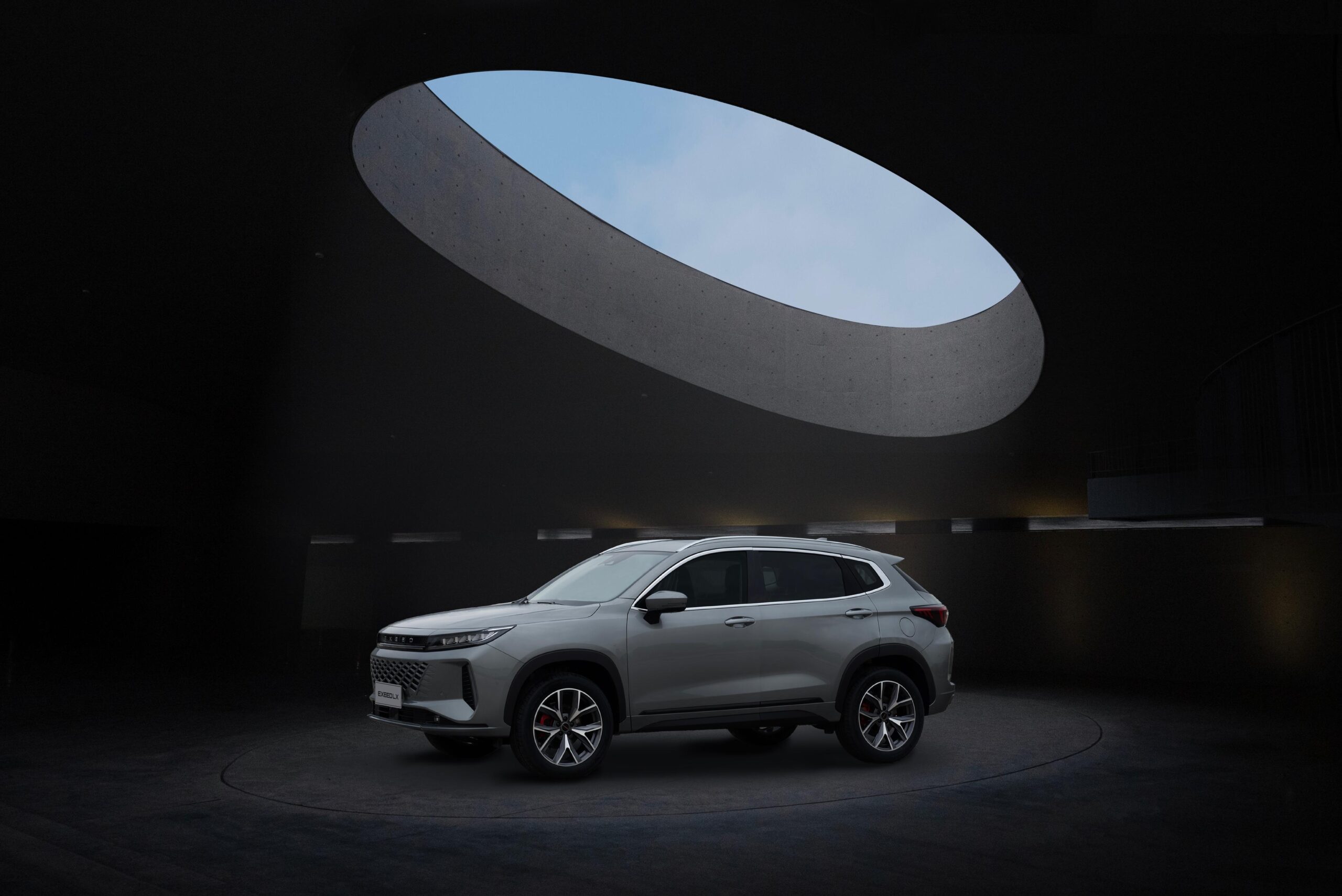Formula One cars are incredibly difficult when it comes to overtaking. The complex aerodynamic profile the cars have make it even more worse and that’s why we see drivers sometime giving up on catching the one up front due to lose in performance and other sophisticated bits.
Since Pirelli became official tyre supplier of F1, the duration and compound of rubber play a huge role in the outcome of a driver’s race – the tyres make or break a race in fact. After resounding criticism, the tyres were made durable but they still have a crucial part over a race weekend.
With this year’s aerodynamically evolved cars shattering all the fastest lap time records by unbelievable margins, the emphasis on how difficult it is to overtake takes better shape. Formula 1 drivers struggle to overtake because of the negative effect the turbulent aerodynamic wake of a car has on the one behind.
The extent in which the airflow is disturbed by the leading car both on the straights and in corners decides the overtaking possibilities. The wake of a Formula 1 car is quite complex and both cars are affected by proximity, in particular the one at the back.






